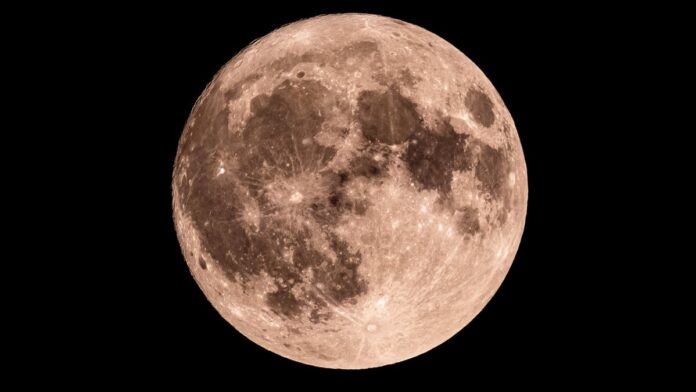Tonight, October 31, 2025, offers a beautiful opportunity to observe the moon. It’s currently in the Waxing Gibbous phase, meaning approximately 69% of its surface will be illuminated as seen from Earth – according to NASA’s Daily Moon Observation.
What to Look For
Even without advanced equipment, keen observers can discern several lunar features. The mare, or dark plains on the moon’s surface, are easily visible. Specifically, look for the Mare Vaporum, the Mare Imbrium, and the Mare Serenitatis.
- Binoculars will reveal more detail, including the Endymion Crater, Posidonius Crater, and the Mare Nectaris.
- Telescope users can attempt to spot even finer details like the Rima Ariadaeus and potentially even the landing sites of the Apollo 14 and 15 missions—a poignant reminder of human exploration.
The Lunar Cycle Explained
The moon’s appearance changes throughout the month due to its 29.5-day orbit around Earth. This cycle of phases is a result of the ever-changing angles between the Sun, Moon, and Earth. While the moon always shows the same side to us, the amount of sunlight reflecting off its surface varies, creating the familiar lunar phases.
These phases are repeated in a predictable order, and consist of:
- New Moon: At this point, the moon lies between Earth and the sun, rendering it invisible from our perspective.
- Waxing Crescent: A slender sliver of light begins to appear on the right side (as viewed from the Northern Hemisphere).
- First Quarter: Half of the moon’s face is illuminated, resembling a half-moon.
- Waxing Gibbous: More than half of the moon is lit, but it is not yet full.
- Full Moon: The entire face of the moon is illuminated and visible.
- Waning Gibbous: The moon begins to lose light on its right side (Northern Hemisphere).
- Third Quarter (or Last Quarter): Another half-moon, but with the left side illuminated.
- Waning Crescent: A thin sliver of light remains on the left side before the cycle begins anew.
Upcoming Celestial Event
Those eager to witness a fully illuminated moon will have to wait until November 5, 2025, when the next full moon will grace the night sky.
Understanding the lunar cycle allows us to appreciate the dynamic relationship between the Sun, Earth, and Moon, and to predict what the night sky will look like each month.























